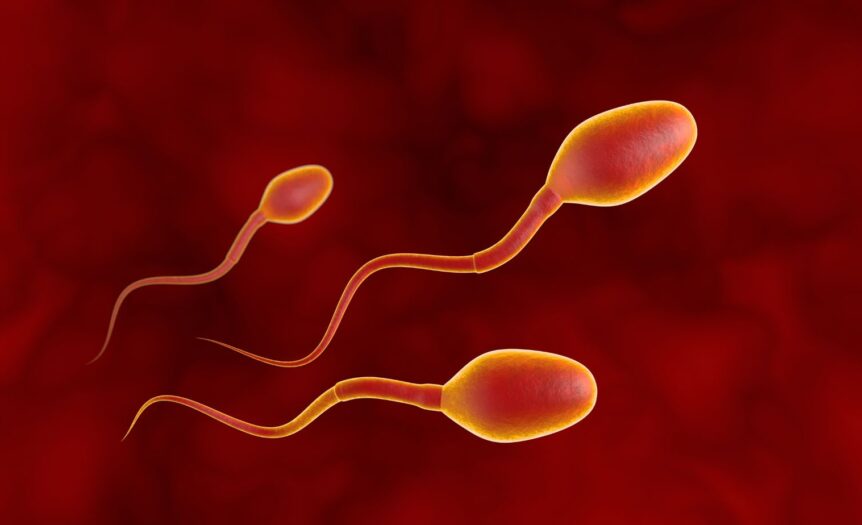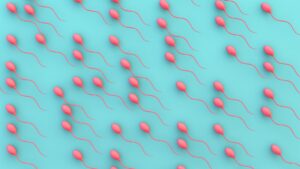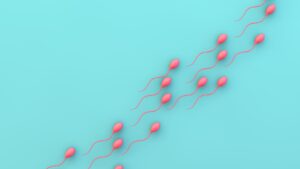Delving into the world of biology, we’re about to explore the intricate process of Lengkapilah Skema Proses Spermatogenesis Berikut Ini spermatogenesis. It’s a fascinating journey, where a simple cell transforms into a potential life-bringer. This process, hidden within the microscopic world, plays a crucial role in human reproduction and genetic inheritance.
Lengkapilah Skema Proses Spermatogenesis Berikut Ini
The Proliferative Phase (Mitosis): The journey of a Lengkapilah Skema Proses Spermatogenesis Berikut Ini flawlessly formed sperm begins right at the heart of the seminiferous tubules – with the spermatogonia. Spurred on by certain hormones, these cells divide themselves through a process known as mitosis. This stage ensures a constant supply of spermatogonia and spermatocytes, preparing the foundation for the upcoming stages.
Meiosis: The primary spermatocytes further divide into two secondary spermatocytes via meiosis I. Following meiosis II, these cells then evolve into spermatids, which are haploid cells. This stage is pivotal for shuffling of genetic material, facilitating genetic diversity.
Spermiogenesis: This phase sees the spermatids evolving into Lengkapilah Skema Proses Spermatogenesis Berikut Ini fully mature spermatozoa or sperm cells. The transformation comprises morphological changes like the development of a flagellum for locomotion and a condensed nucleus that carries the genetic material. The sperm head forms here, housing enzymes essential for penetrating the ovum during fertilization.
Preparing for the Journey: Spermatogonia Stage
As we proceed in our detailed exploration of spermatogenesis, let’s first focus on the foundations. It’s in the seminiferous tubules where the journey starts, with spermatogonia. These are the base cells that will eventually mature and differentiate into sperm cells.
To understand this stage, one must first grasp the nature of Lengkapilah Skema Proses Spermatogenesis Berikut Ini these initial cells. Spermatogonium, in essence, is the germ cell precursor. They’re already present in the male fetus by the time it’s seven months old. Subsequently, no new spermatogonium cells are produced – the mature male’s supply is comprised of those initially proliferated.
Spermatogonia, residing in the outer layer of the seminiferous tubules, commence their journey through a process known as ‘mitosis’. This mitotic cell division results in duplicate sets of each chromosome, spatially arranged in pairs within the cell. A single cell divides into two identical ones. Importantly, throughout this process, spermatogonia maintain mitotic activity to sustain a stable population, critical to continuous sperm production.
Primary and Secondary Spermatocyte Stage
After fully understanding the initial stage of Lengkapilah Skema Proses Spermatogenesis Berikut Ini spermatogenesis involving spermatogonia, let’s delve into the intricacies of the next phase: The transformation of these cells into primary and then secondary spermatocytes. This transformation signifies the beginning of the genetic shuffling that births genetic diversity, a key factor in evolution and species survival.
The process of meiosis kickstarts the transformation. This cell division is quite unlike the mitosis we just discussed when dealing with spermatogonia. Meiosis has a unique purpose: to reduce the needed chromosomal number by half. So, in the case of humans, it’s from 46, the diploid number, to 23, the haploid number.
In the early transformation stage, spermatogonia cells undergo Lengkapilah Skema Proses Spermatogenesis Berikut Ini meiosis I to generate primary spermatocytes. Importantly, these cells are larger in size and contain the full set of chromosomes, prepped and ready for genetic rearrangement. Crossing over (or recombination) occurs at this stage, creating a new combination of genes. The end of meiosis I divides these primary spermatocytes into two secondary spermatocytes, each containing a unique genetic profile.









